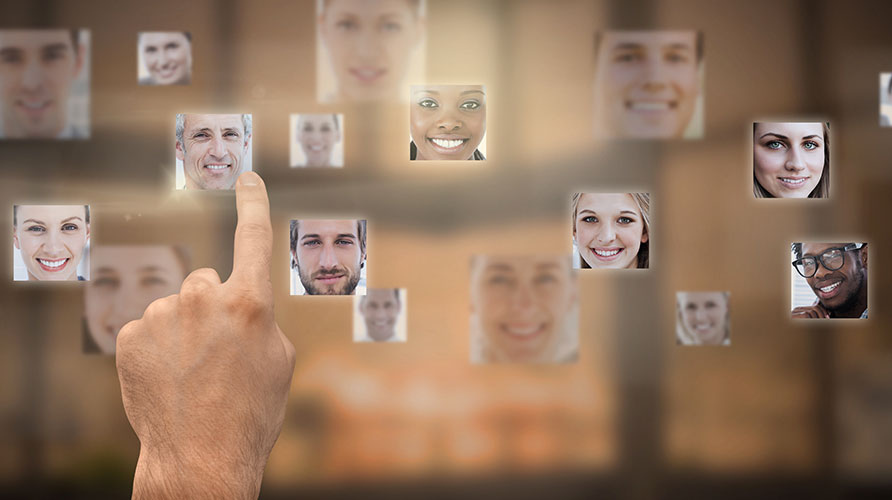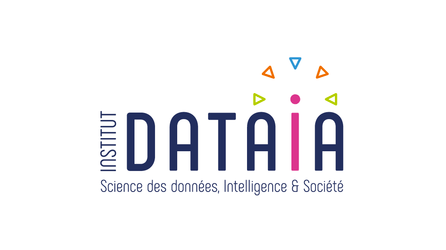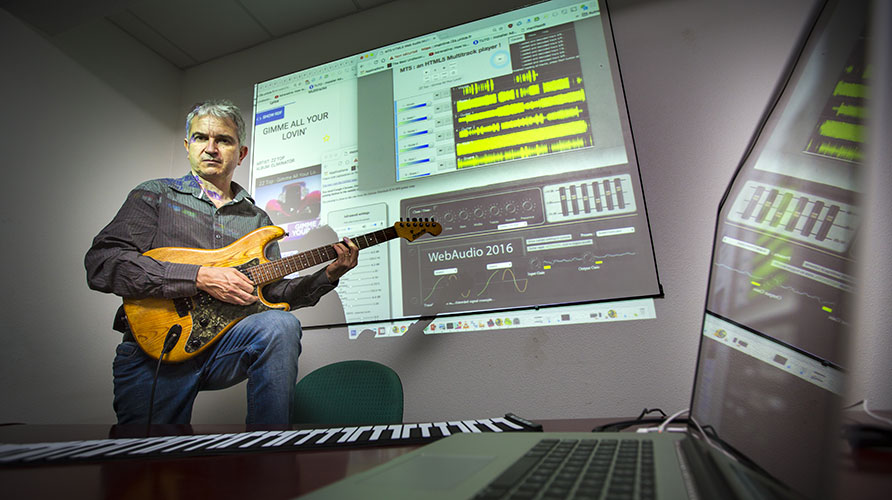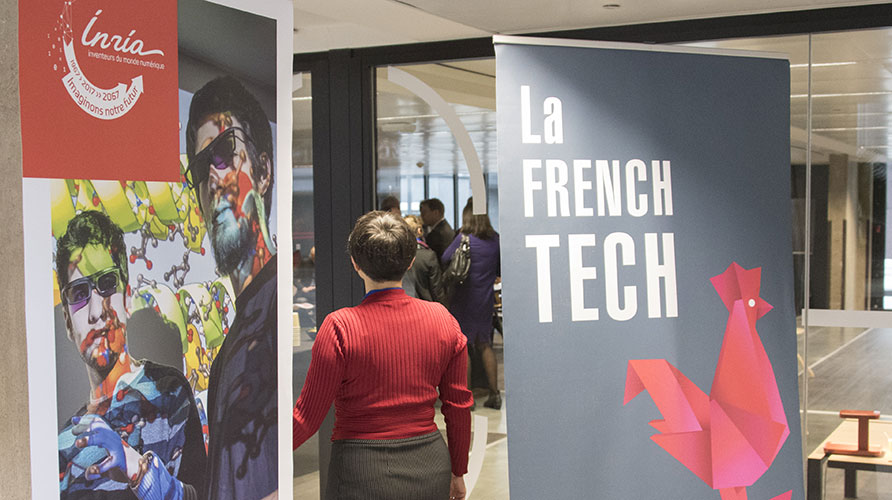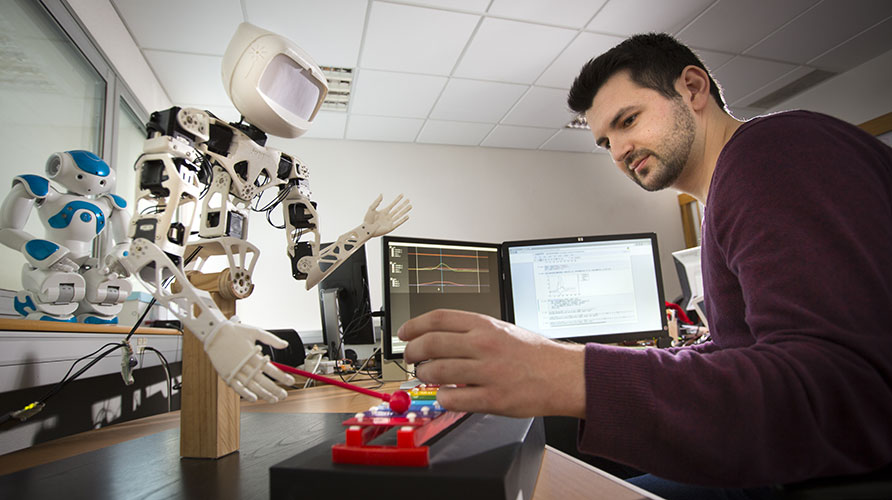

So Soumia, what do you
advise me to do here?
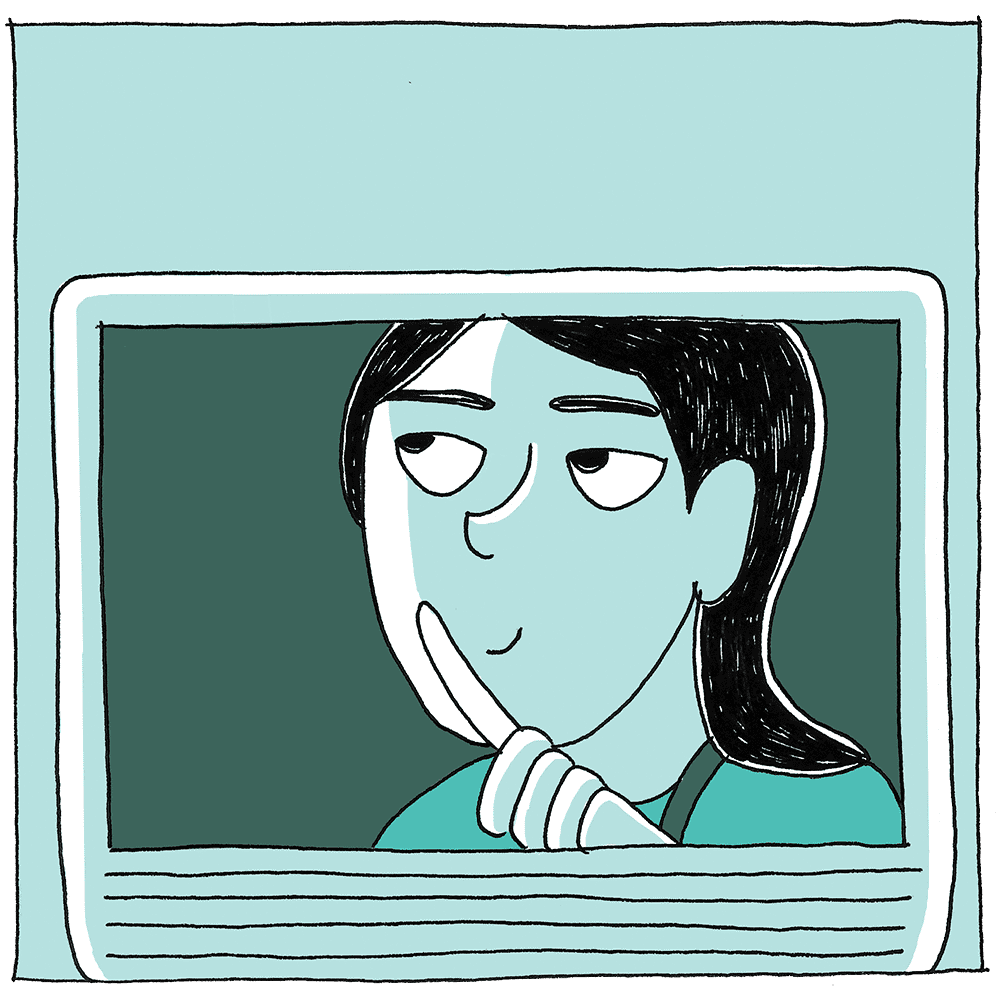

Put your VR headset on,
I'm going to show you
the action plan.
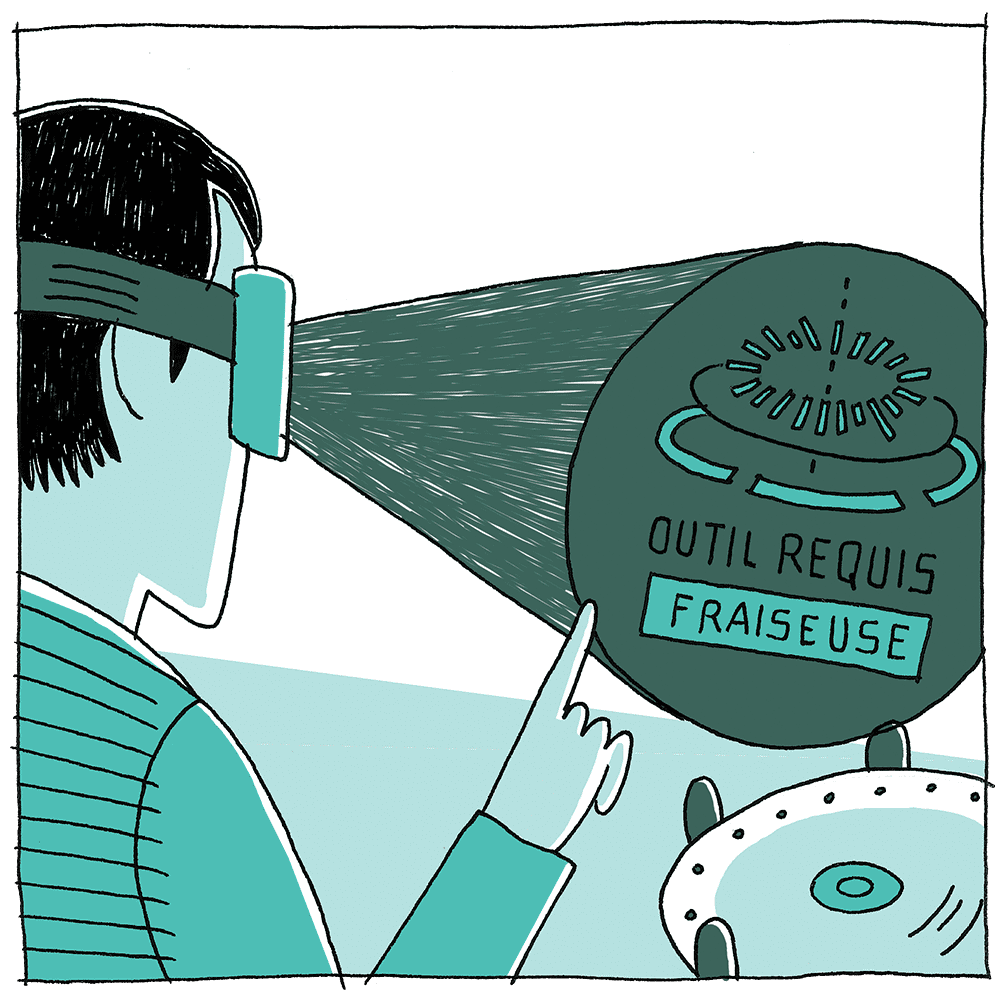

Ok, I see.
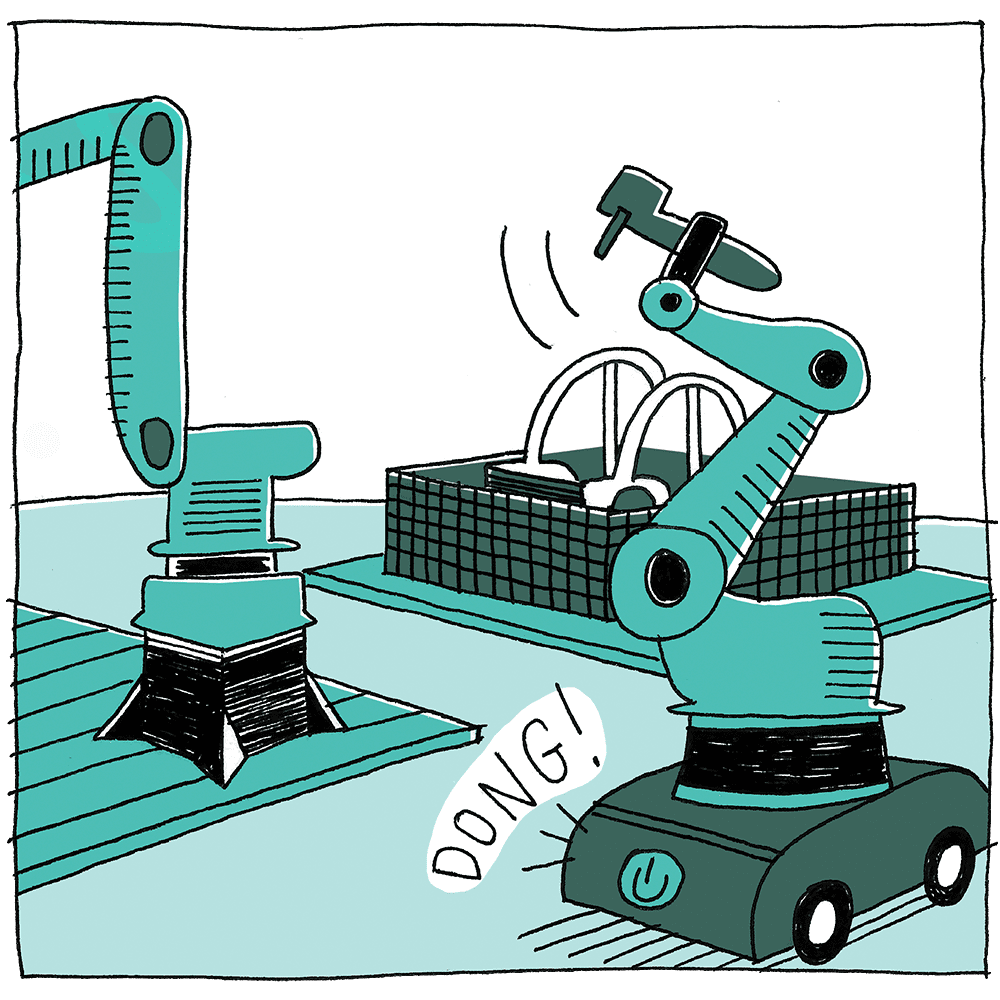

Cupcake, come over here!
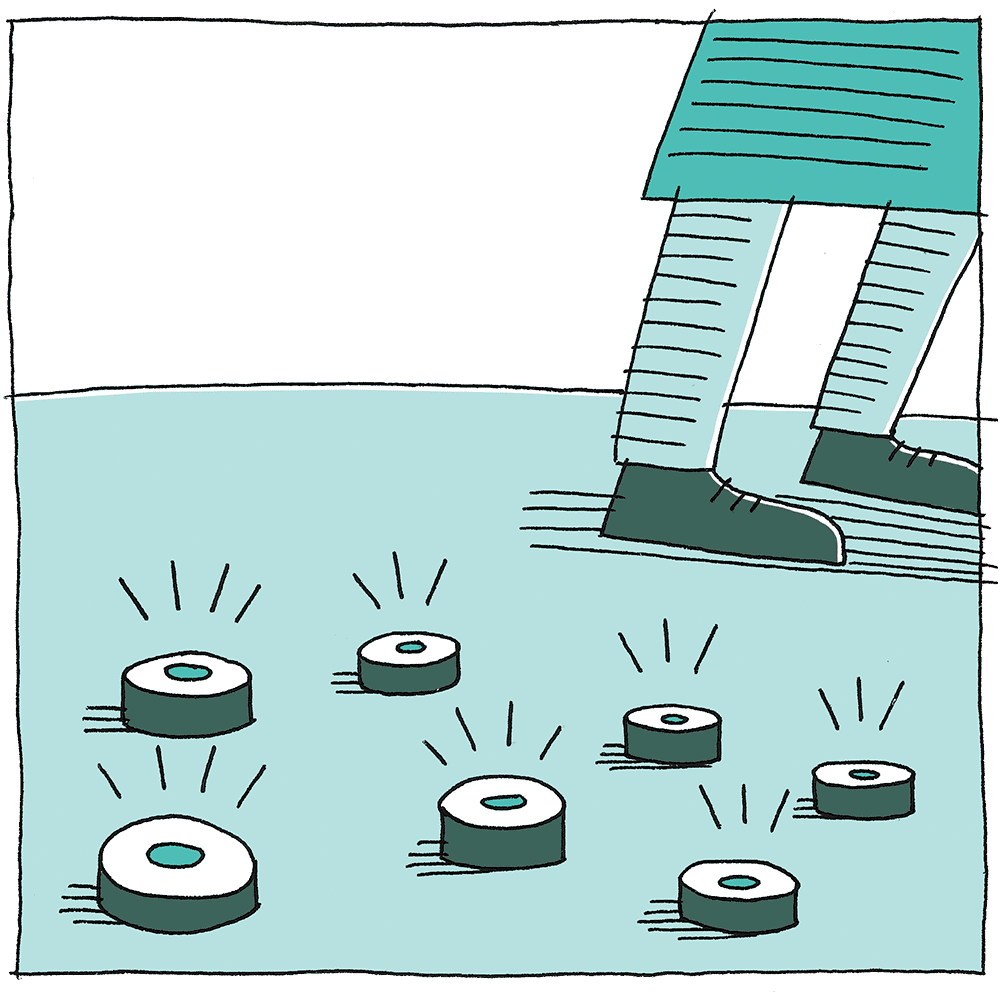

Show him the way,
kids!
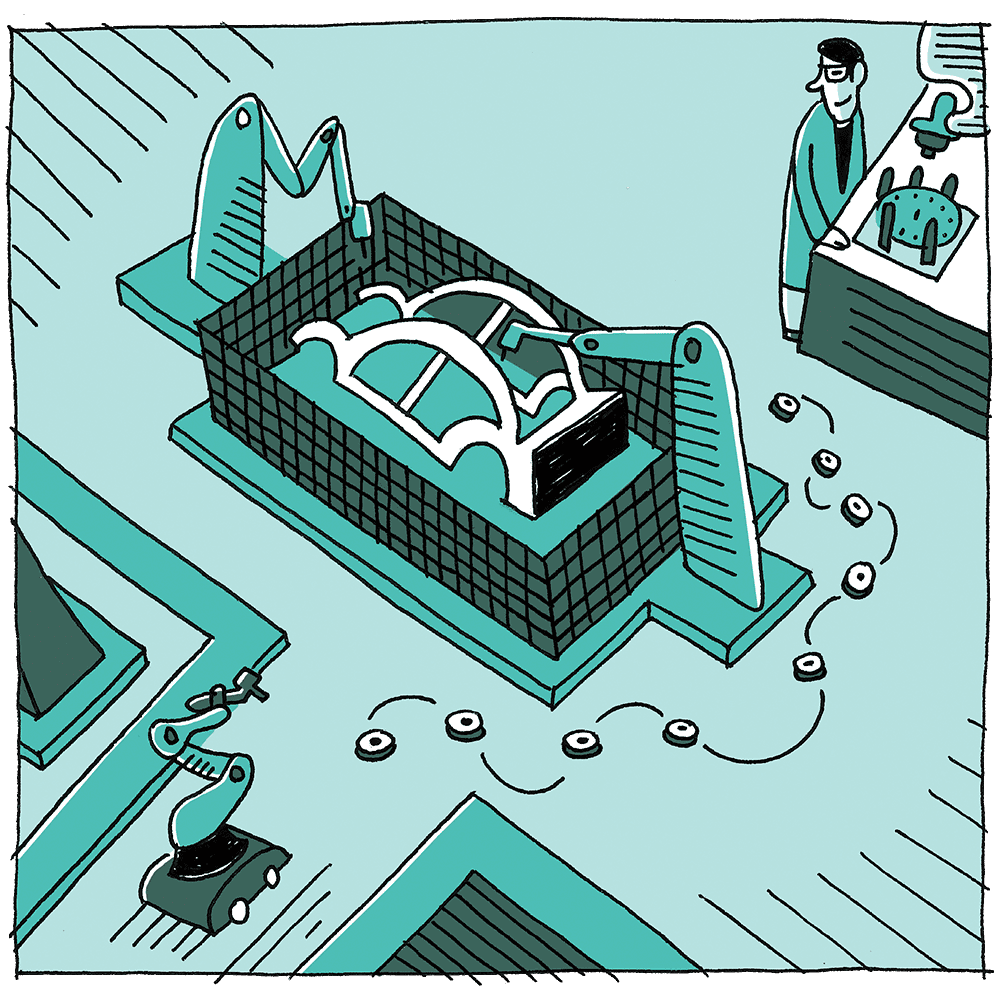
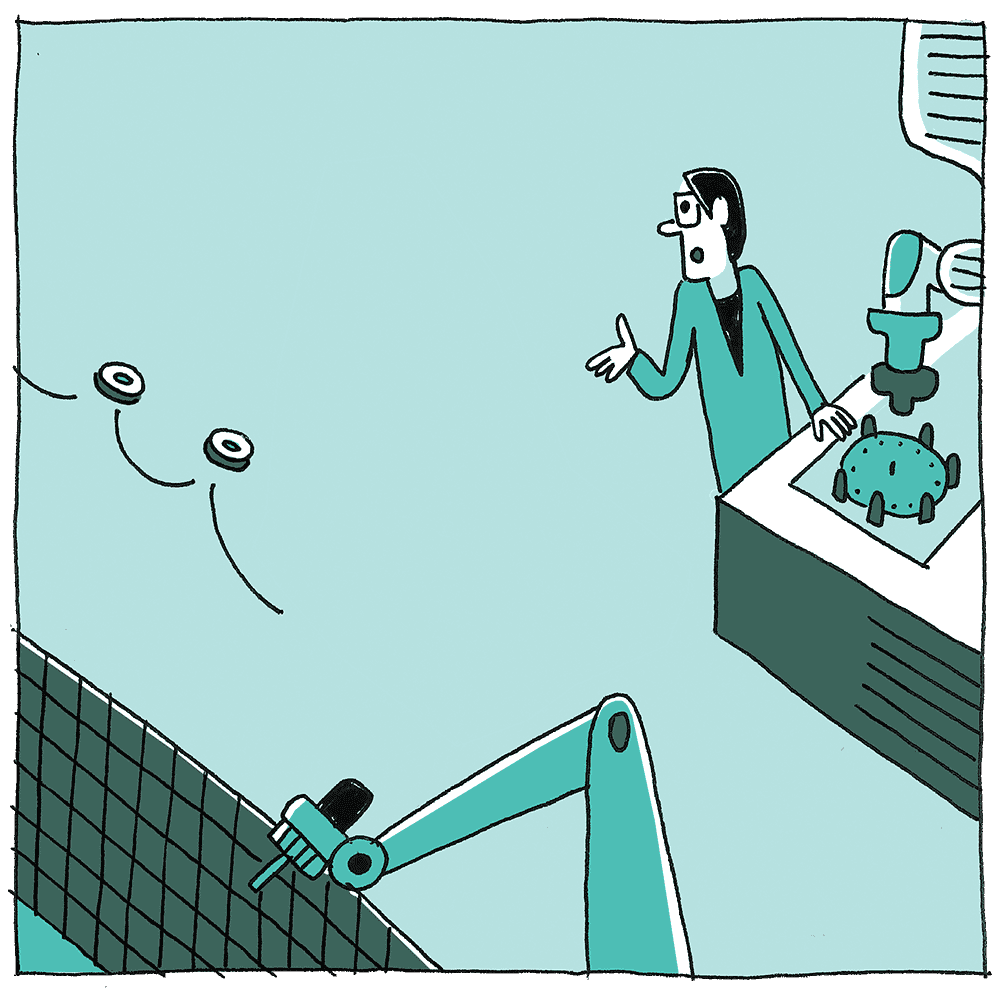
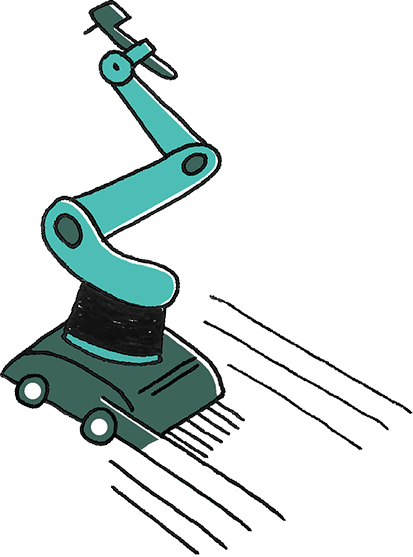
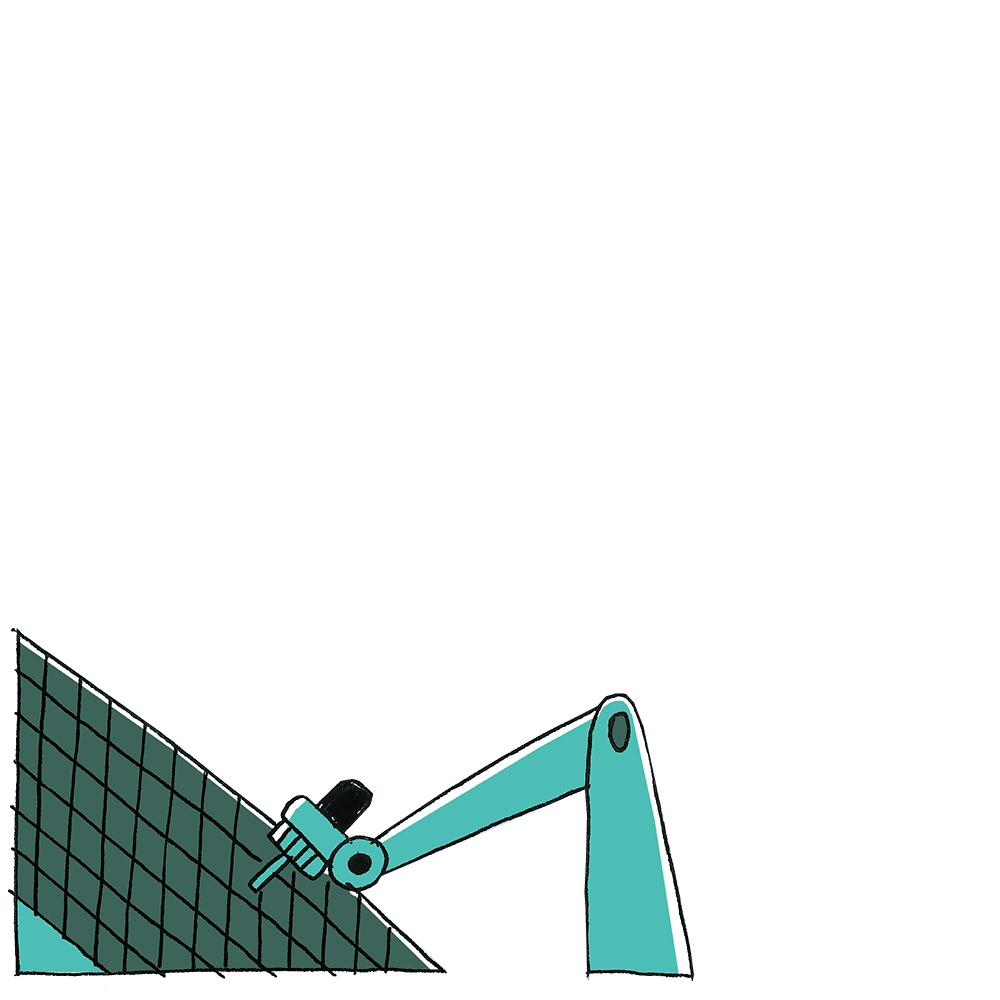

But…
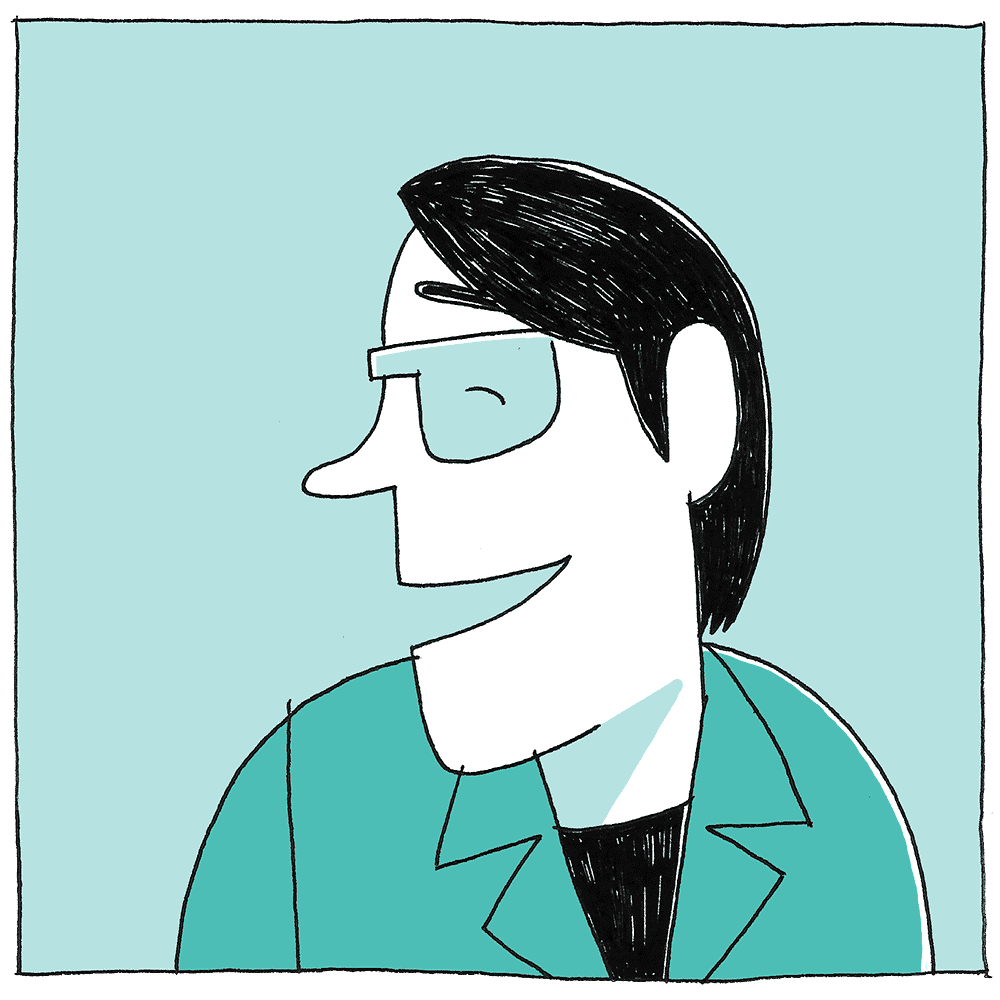

Stop, bunch of Gremlins!

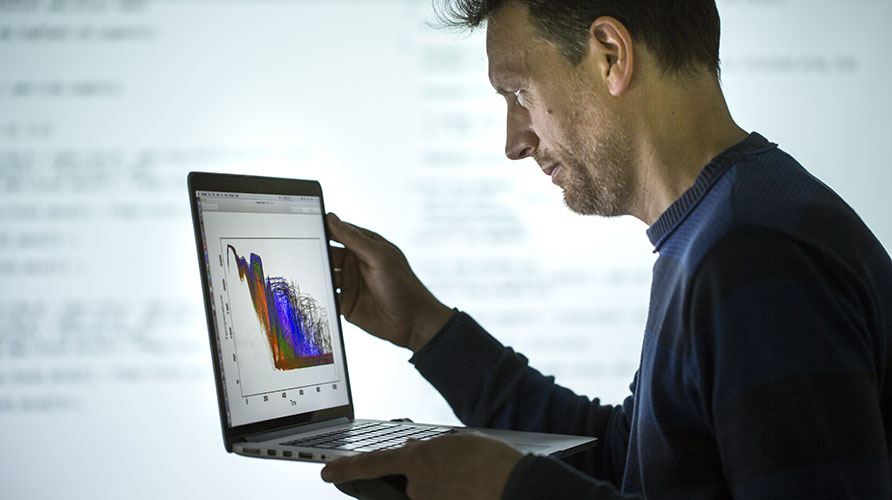
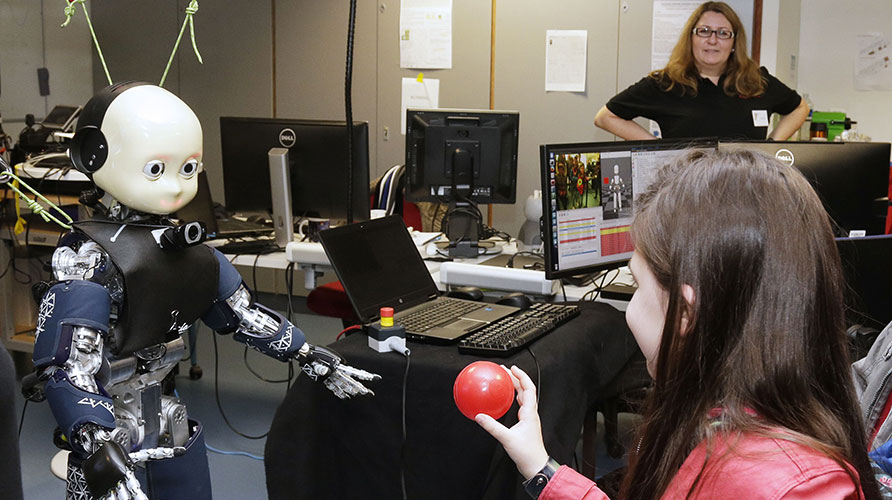
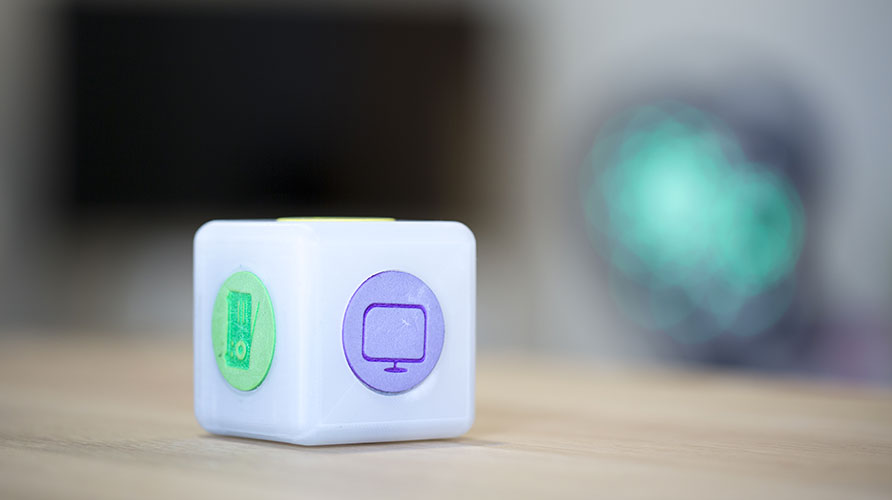
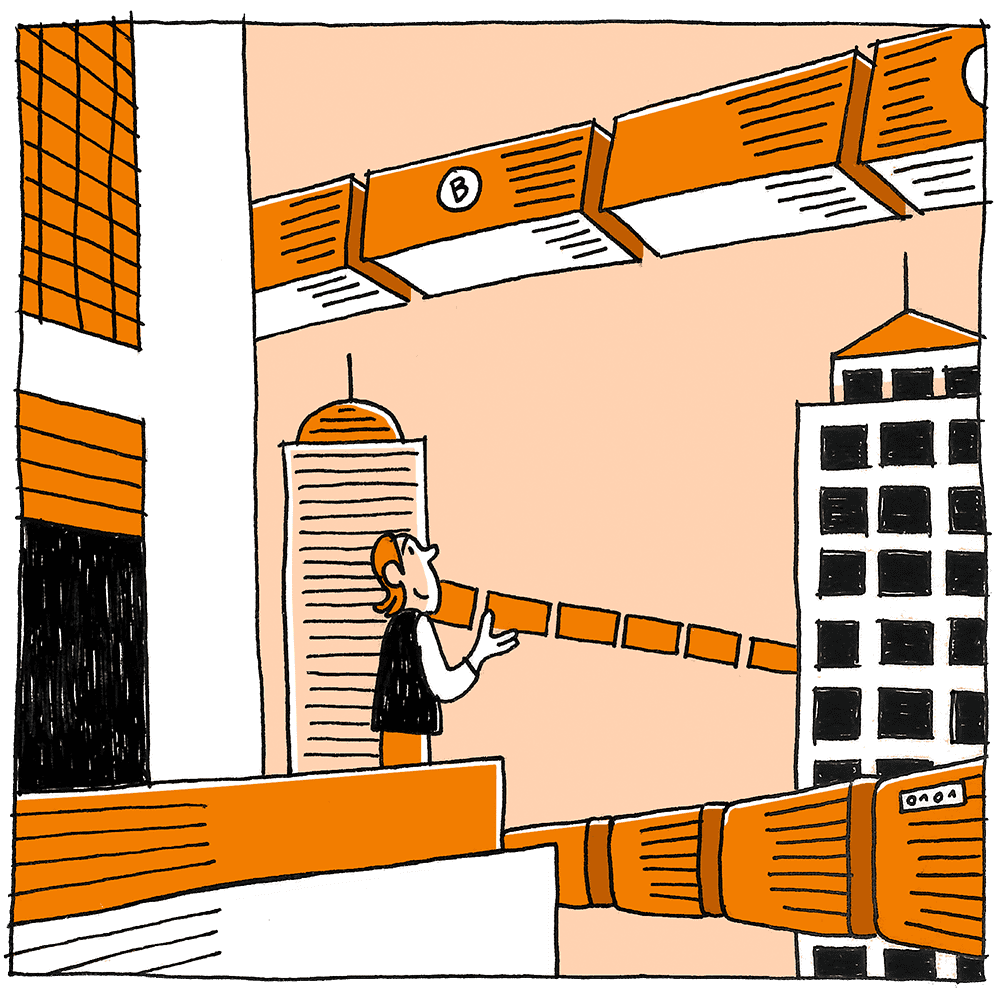


I've just bought a great headset from 'PeterSound44’…


… who I don't know.
The problem is
that we have
to trust.


What would be good, is if everything was
traceable - like with bitcoins. With
confidentiality safeguards, obviously.


It's transparent,
secure, automatic
and independent, but
we can do better.


Everyone could exchange everything -
computer time, data on where
food comes from…


… in total confidence!

TAMIS project team
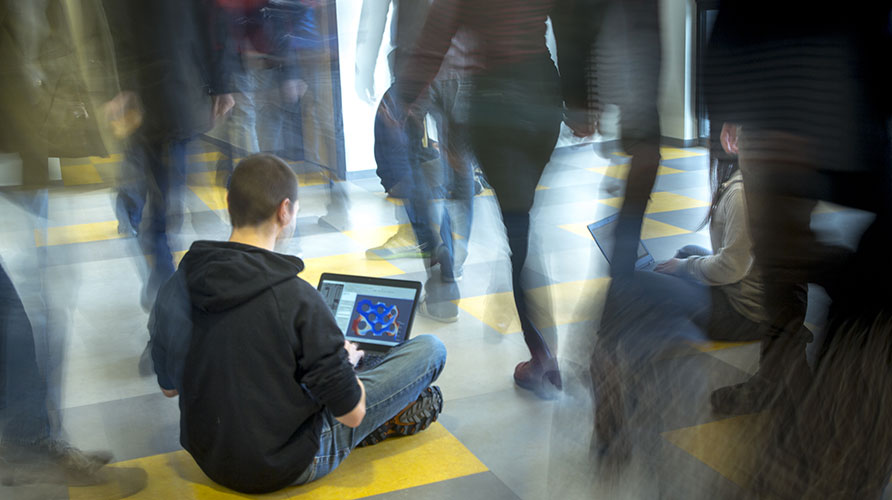
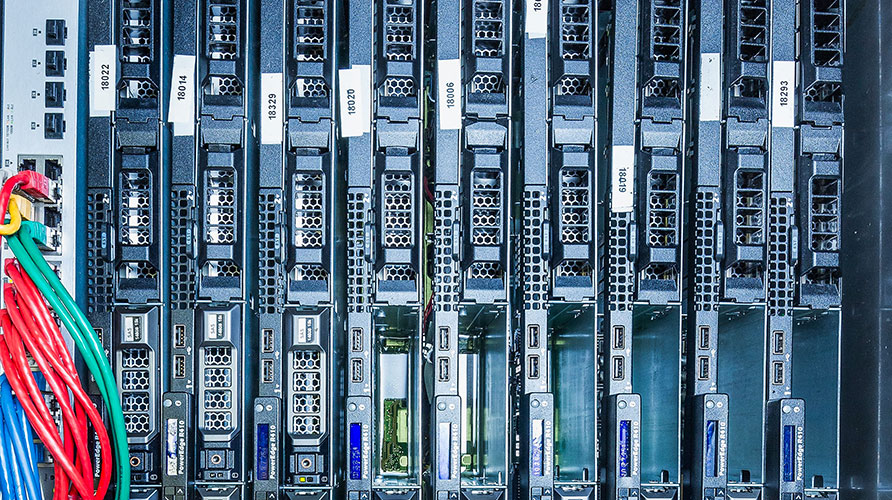
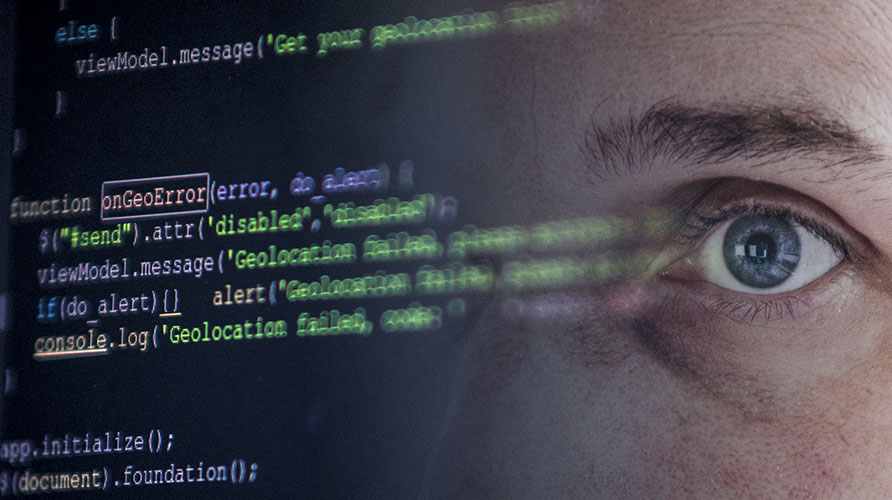


The other day, I read that a casino had
been hacked using a connected thermometer.


I started to find out more about browsers,
engines, that kind of thing...


...using a search engine
that genuinely respects
privacy.


What is crazy, is that by installing extensions
to protect yourself, you risk being even easier
to identify! Websites are capable of recognising
your configuration, your typing speed, everything!


Certain browsers really do seek to protect
privacy, by integrating cryptographic
searches.



In any case, I don't look at
my coffee machine in the same
way anymore.
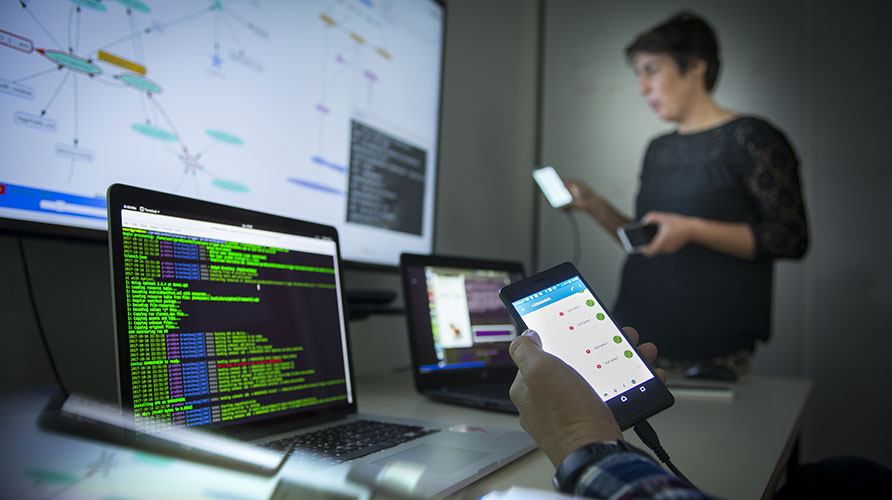
and cofounder of Secure-IC
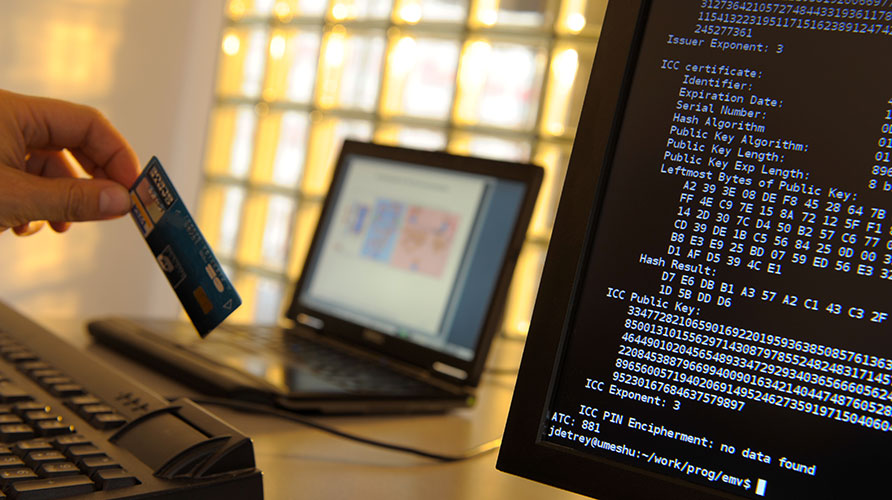
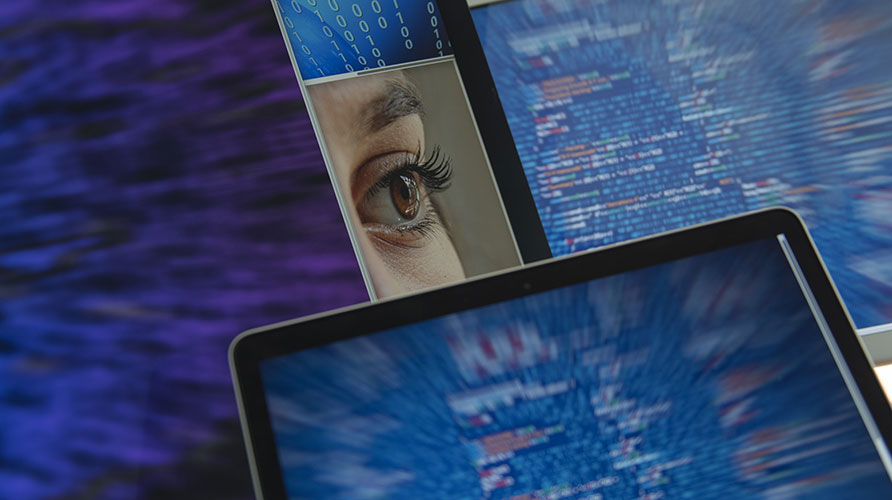
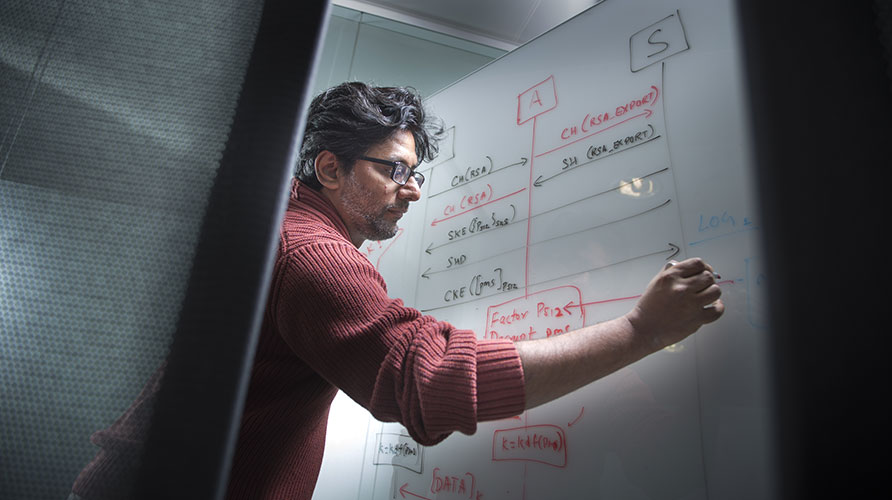


Do you realise,
with AI* you can produce
a new Rembrandt or
compose a Bach suite.
*Artificial intelligence


What I find amazing are
special effects, imaginary worlds.


With the things that researchers are developing,
we can see dead animals and directors can imagine
their films directly in 3D.



They can even reconstitute a soundtrack
using poor recordings.


NO?!


We're going to be able to listen
to the DEAD DINOSAURS
again!
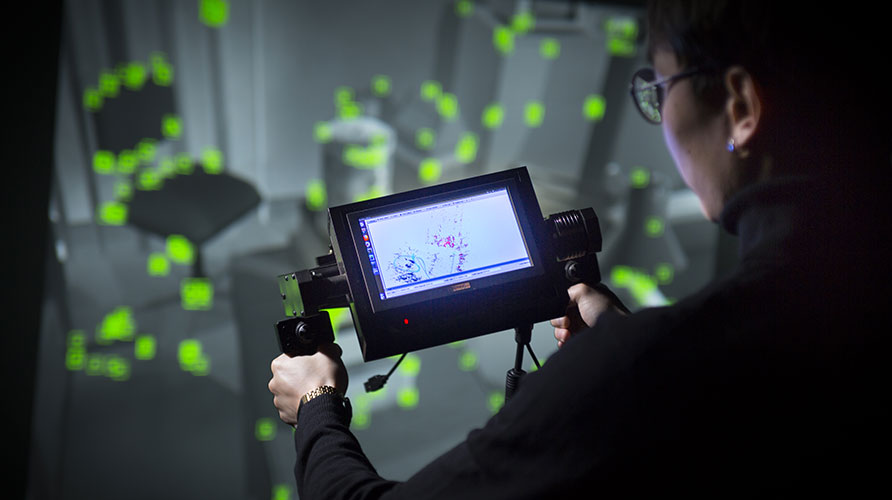
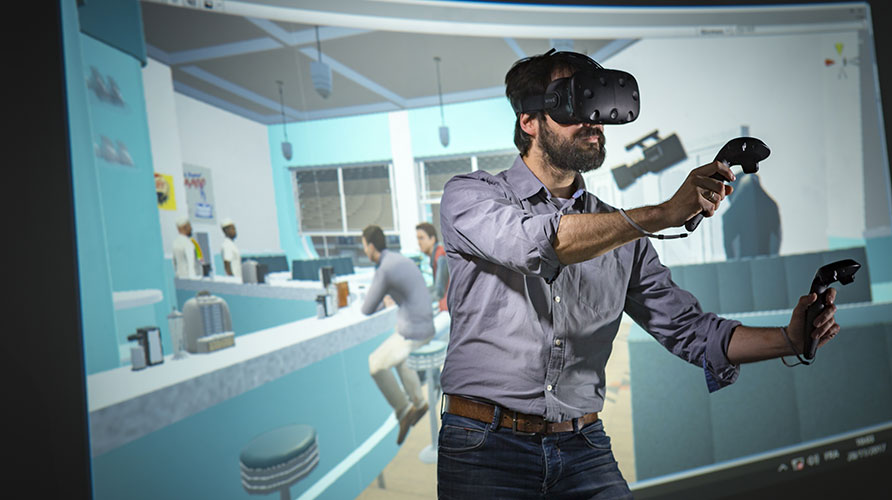
to slip to explore inaccessible
cavities
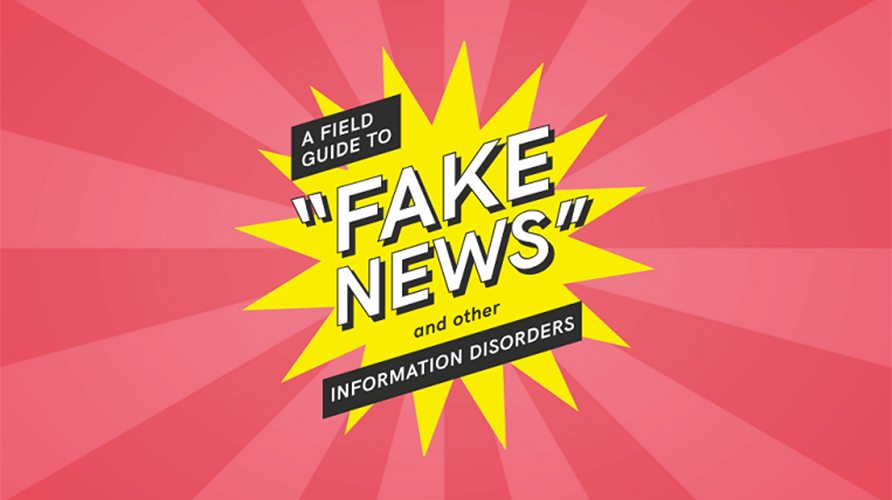
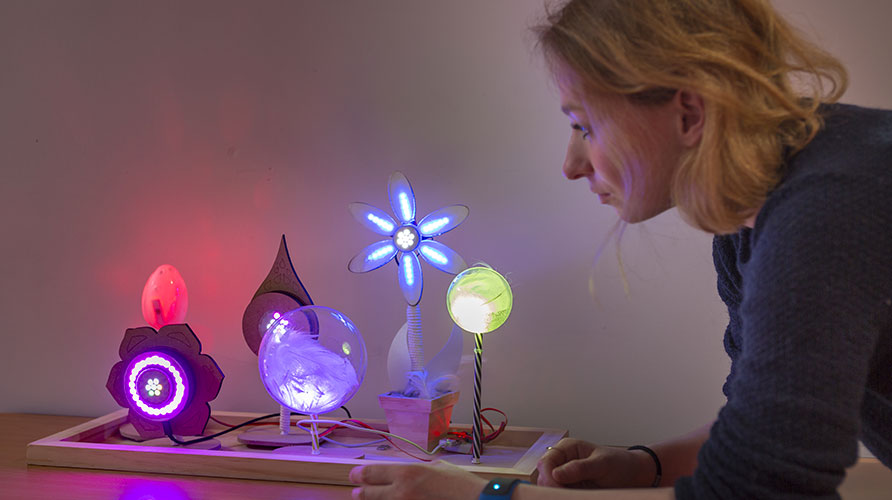


This car obeys
my every move.
Literally!


Well, my fingers. The dashboard is totally tactile.
I touch it lightly and the volume increases.


And soon, with brain-computer interfaces,
we'll be able to talk with our office:
display our desk diary, reschedule a meeting...


We're not there yet, but we've already
succeeded in getting disabled people to write
sentences just by looking at a screen!

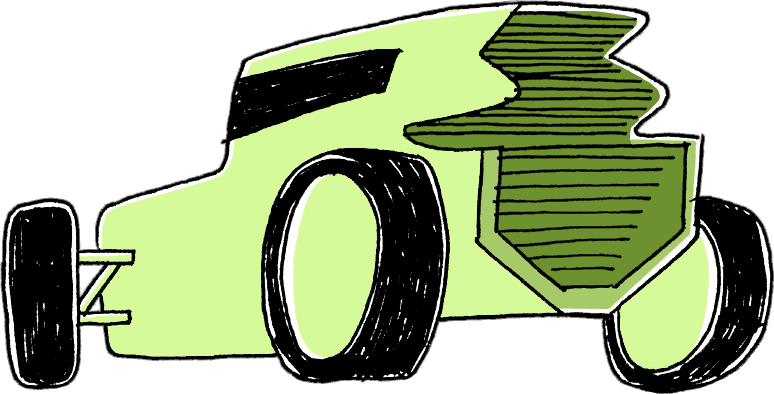


And, with urban sensors,
the pavements will tell me
where to park.


Sensors, connected objects everywhere,
everything will be in a network!
Piece of cake!
by Inria project teams
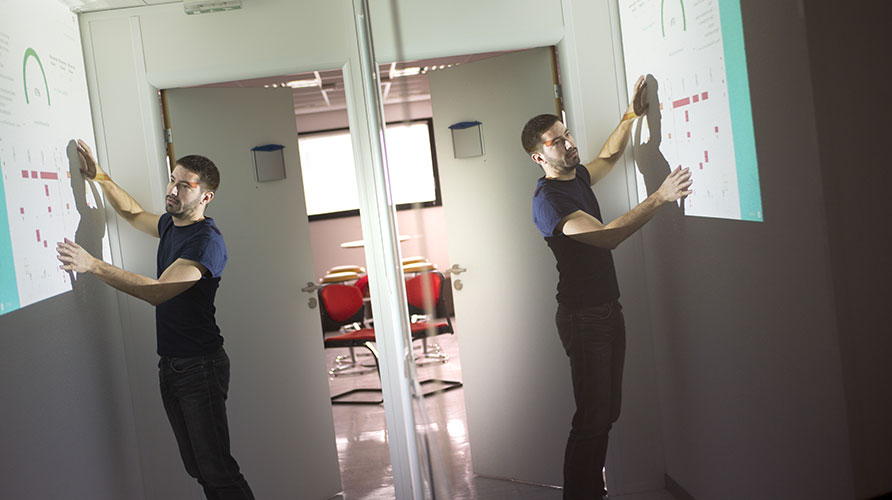
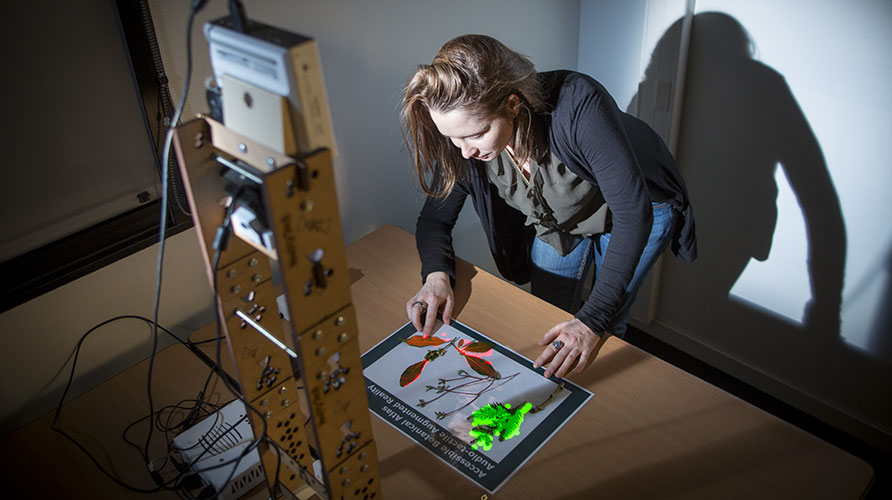
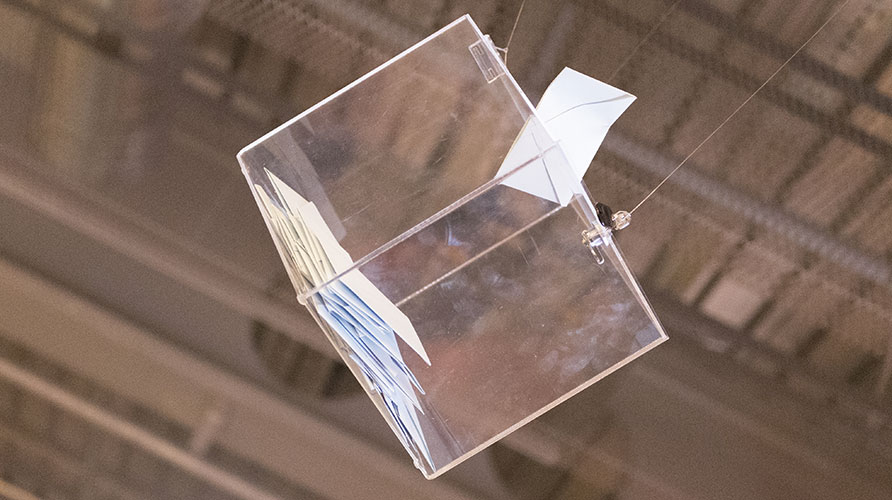


When we model living things,
we work on every scale; from molecules to cells
and from cells to organs.


We can compare a real organ with its model,
after having learned how to recognise
the different areas.


For example, we can model
the markers of Alzheimer's disease
and detect it at its earliest
stages.


Here, it's a personalised virtual heart reproduced
using scans and MRIs.


Cardiologists can visualise their instruments
in real time during their operations.

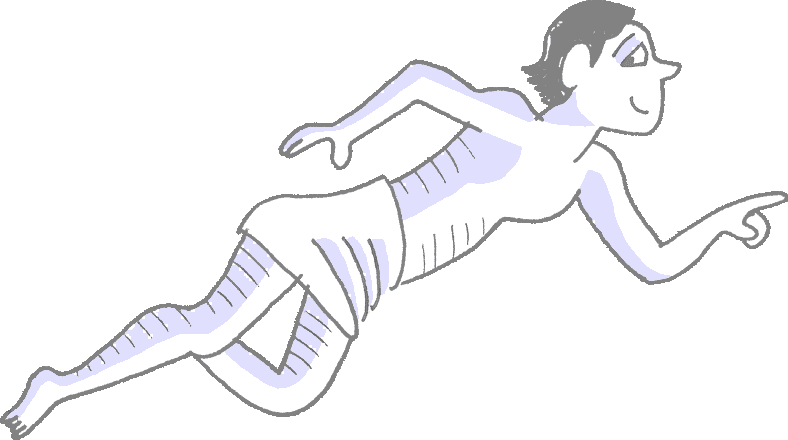

Soon, every patient
will have their
digital double.
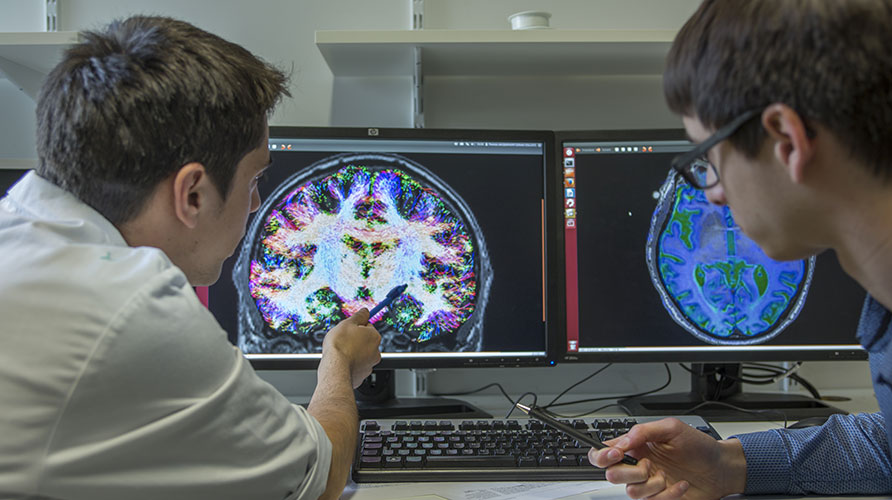
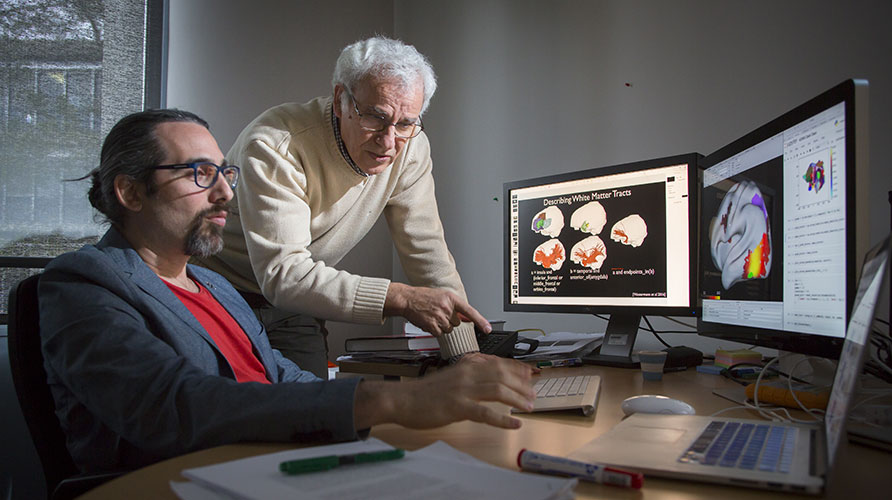
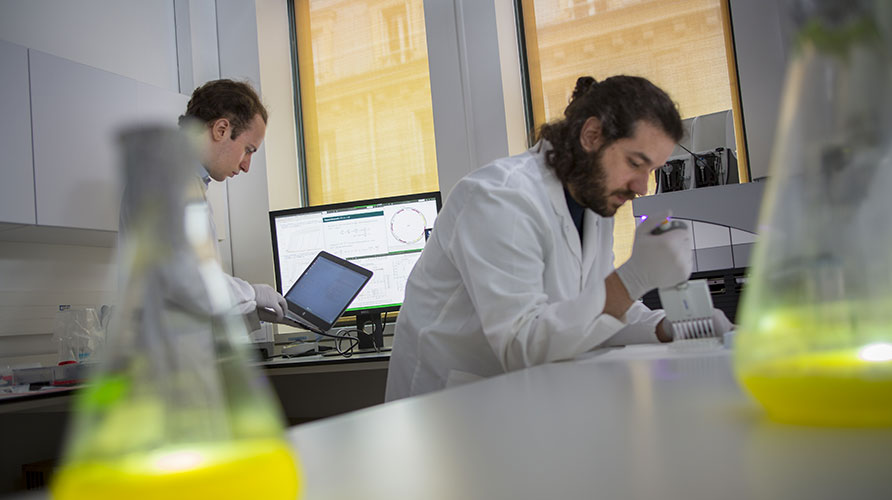
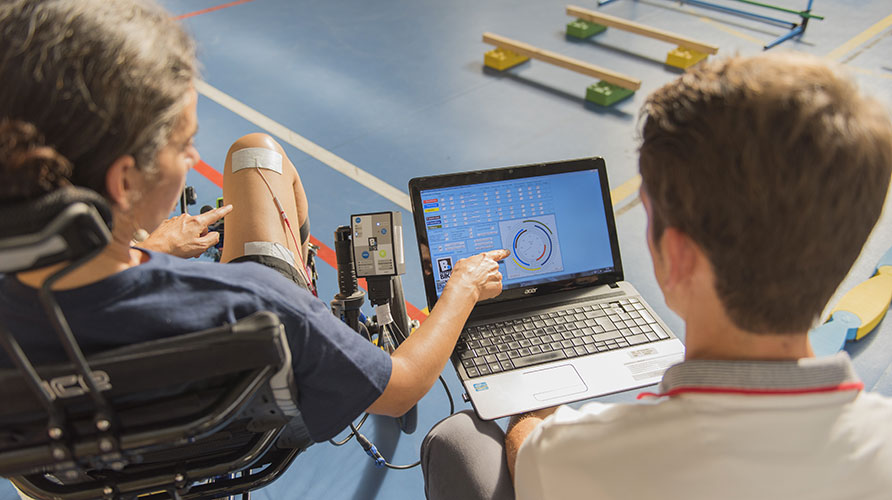
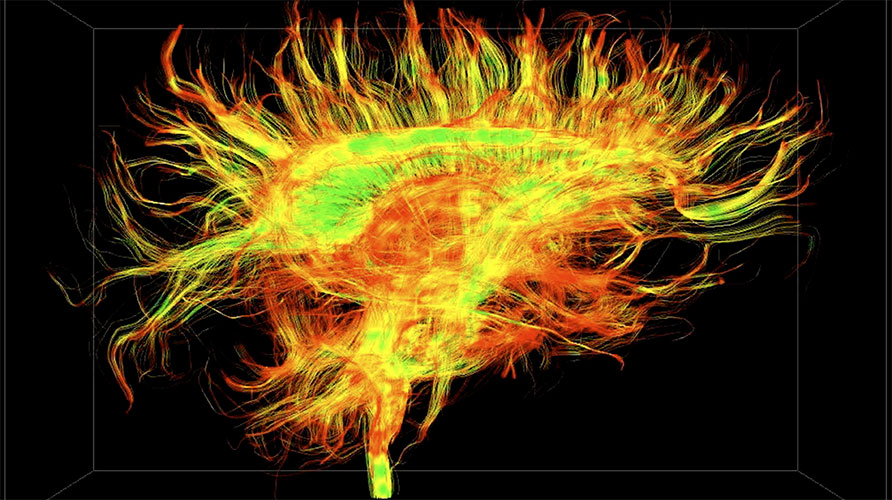


What is it?
A sensor.
It spots if there's
a boat moored
or not.


And then
what?
It sends a signal.
As soon as there is a free
space, we can inform
the boats that are
arriving.




Other sensors* are used
to observe all of
the dust that flies
in the air.
*Lidar sensors


We make a model, then we know the
wind direction, if it's blowing fast.


...and we can install wind
turbines in the right
places.


Later...

You see, we can have a map
of the port with the boats,
a map of the wind and even
a map of the stars!


The stars?
Yes, and they move!
By watching how they move,
we might discover how
they are born.
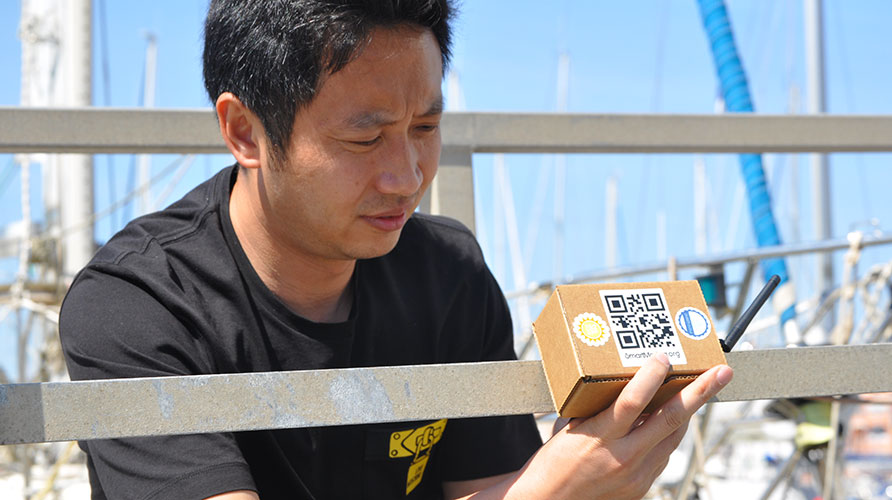

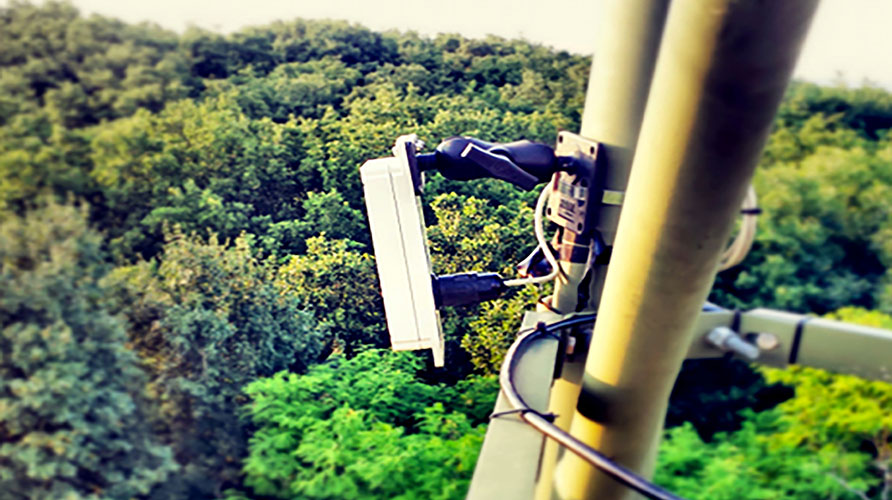
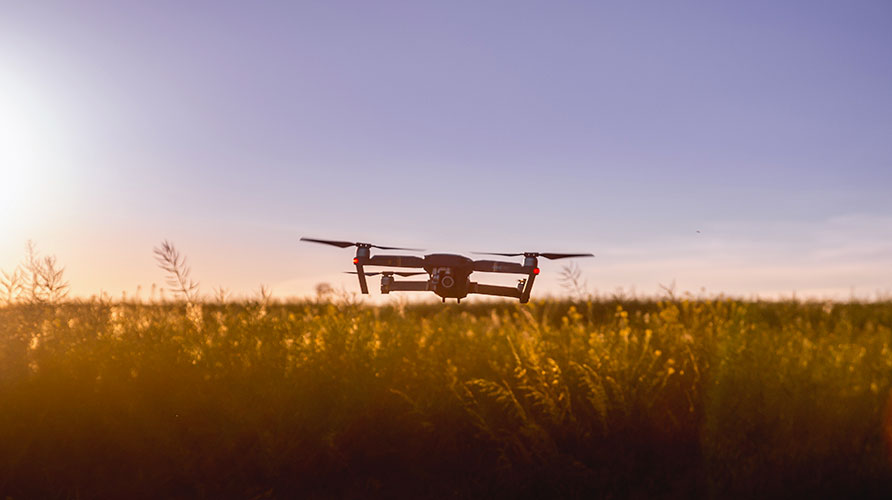


It's your parents. They're in Trouville.
They're with your grandma.


That's
nice!


There's a troll next door to your grandma.
What?!


Turn light on!
Still some
progress to be
made with image
recognition,
I see...


Yes, researchers are developing
loads of learning projects,
by the way. The voice is ok,
but AI* need humans.
*Artificial intelligence



There you go,
that's a good
boy


It's true that Uncle Arthur looks like a troll
when he wears his ushanka.
